Today, we're delving deep into the verdant world of foraging, specifically focusing on edible plants in the wild. As a professional survivalist with a profound understanding of ancient military skills and psychology, I am here to guide you through the fascinating realm of wild plants.
Identifying and Foraging Edible Wild Plants
In any outdoor survival scenario, the ability to identify wild plant species that are safe for consumption can be life-saving. There's an impressive variety of plants out there, each with its unique flavor and nutritional profile. Here are some key species to look out for:
Edible Wild Plant Identification
Wild Onion: One of the easiest special plants to identify due to its distinctive onion-like smell.
Wild Asparagus: Resembling the cultivated variety, asparagus grows tall and is best harvested in the spring.
Garlic Mustard: This invasive wild green has a sharp garlic-pepper flavor and is found in many parts of North America.
Wild Garlic: Another native plant with a strong garlic aroma, perfect for adding zest to your wilderness cuisine.
Ground Ivy (Glechoma hederacea): Often dismissed as a common lawn weed, ground ivy has edible leaves with a slightly minty taste.
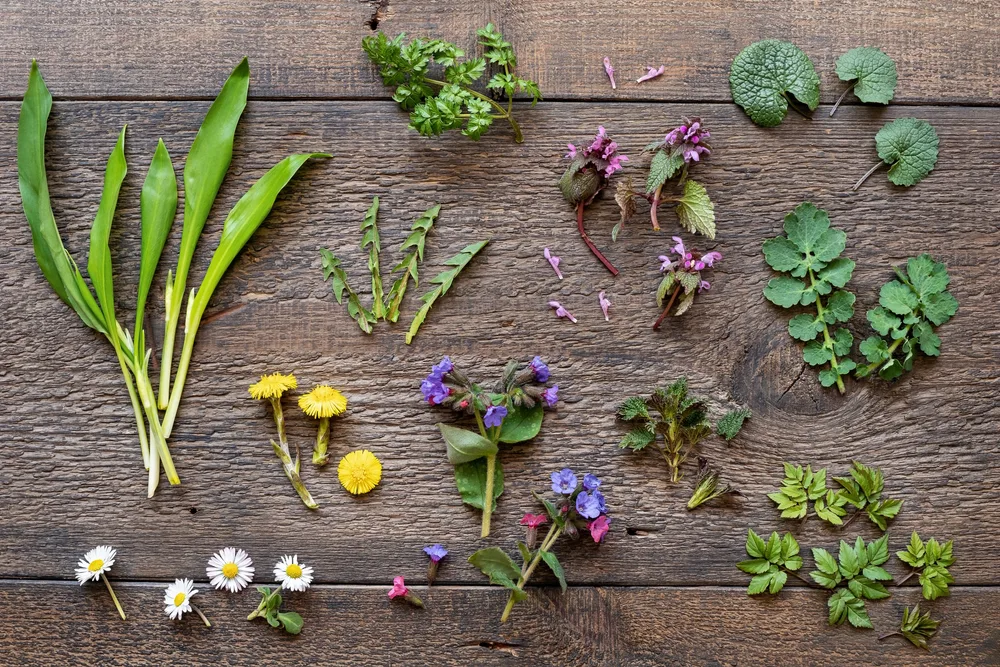
Harvesting and Eating Edible Parts of Plants
Leafy Greens: Young leaves of plants like wild lettuce and dandelion offer a bounty of nutrients.
Berries and Fruit: Wild strawberries and prickly pear cactus bear edible fruit that can be a sweet treat in the wild.
Flowers: Some species like common milkweed have edible flowers that can be gathered and eaten.
Nuts and Seeds: Pine nuts and hickory nuts are calorie-dense natural food options that can be foraged for sustenance.
The Dangers of Poisonous Plants
Always exercise caution when foraging to avoid poisonous plants like poison ivy. Remember, some edible plant species have toxic look-alikes.
The Fundamentals of Foraging for Plants
Foraging for non processed food is an art as much as it is a science. It's crucial to understand not only which wild plants are edible but also how to prepare them safely.
Safe Foraging Practices
Always positively identify plant types before consumption; when in doubt, do not eat it.
Understand which edible parts of a plant are safe to eat as some plants have both edible and toxic parts.
Consider the location and avoid plants from areas that may be contaminated by pollutants.
Preparing and Consuming Edibles
Cooked Greens: Some wild edible plants should be cooked to neutralize substances that may be irritating or toxic when raw.
Edible Weed and Raw Greens: Many wild greens can be eaten raw, such as young dandelion leaf or sorrel.
Mushrooms: Edible mushrooms can be a forest delicacy, but they require expert identification to ensure they are not poisonous types.

The Nutritional Value of Wild Edible Plants
Edible wild plants are more than just a survival food source; they offer a wealth of nutrition and have been an integral part of Native American diets for centuries.
Nutritious Wild Plant Options
Leafy Greens: Rich in vitamins and minerals, greens are superb for maintaining health in survival situations.
Berries: Packed with antioxidants and vitamins, wild berries are not just flavorful but also incredibly beneficial.
Nuts and Seeds: These provide essential fats and proteins, crucial for energy in the wilderness.
Balancing Your Wild Edible Plant Diet
Aim to harvest a variety of wild food plants to ensure a balanced intake of nutrients.
Use wild edible plant as a supplement to your diet, never relying on a single species or plant part for sustenance.
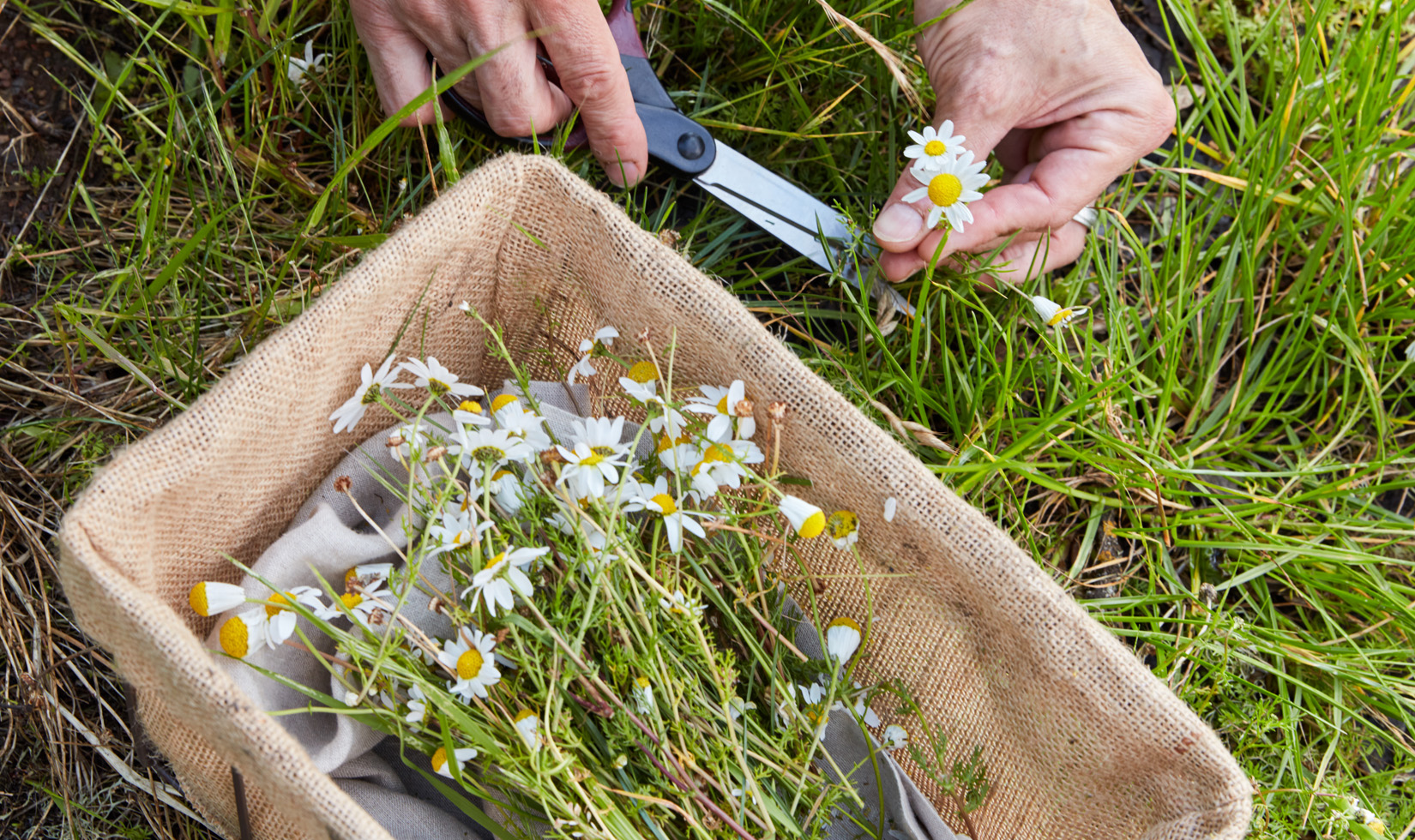
The Cultural Significance of Edible Wild Plants
While today we discuss these plants in the context of wilderness survival, it's important to recognize the deep cultural roots that American traditions have provided in understanding and respecting these natural resources.
Wisdom from the Past
Sam Thayer: A modern foraging expert who has shared invaluable knowledge about edible wild plants.
Historic Utilization: Many edible plant species we discover today were staples for Native American tribes, who used every part of the plant or the flower for food, medicine, and tools.
Survival Skills and Foraging Techniques
Learning from the wealth of ancient military strategies and American practices can greatly enhance your foraging abilities.
Applying a strategic approach to gathering natural food, much like ancient scouts and foragers, can increase efficiency and yield.
Advanced Foraging Techniques for the Adept Survivalist
After mastering the basics, it's time to progress to more advanced foraging methods that will enhance your wilderness survival skills and broaden your knowledge of the edible landscape.
Seasonal Foraging Strategies
Spring: Look for tender young leaves and shoots. This is the best time to harvest wild asparagus and ground ivy (avoid any poisonous plant).
Summer: Focus on wild berries, edible flowers, and fruits with flower. The summer months are prime for foraging wild strawberries and greens.
Autumn: Gather nuts and seeds as they mature. Hickory nuts and pine nuts are plentiful during this season.
Winter: Though challenging, some hardy species like nettle roots can still be foraged in milder climates.
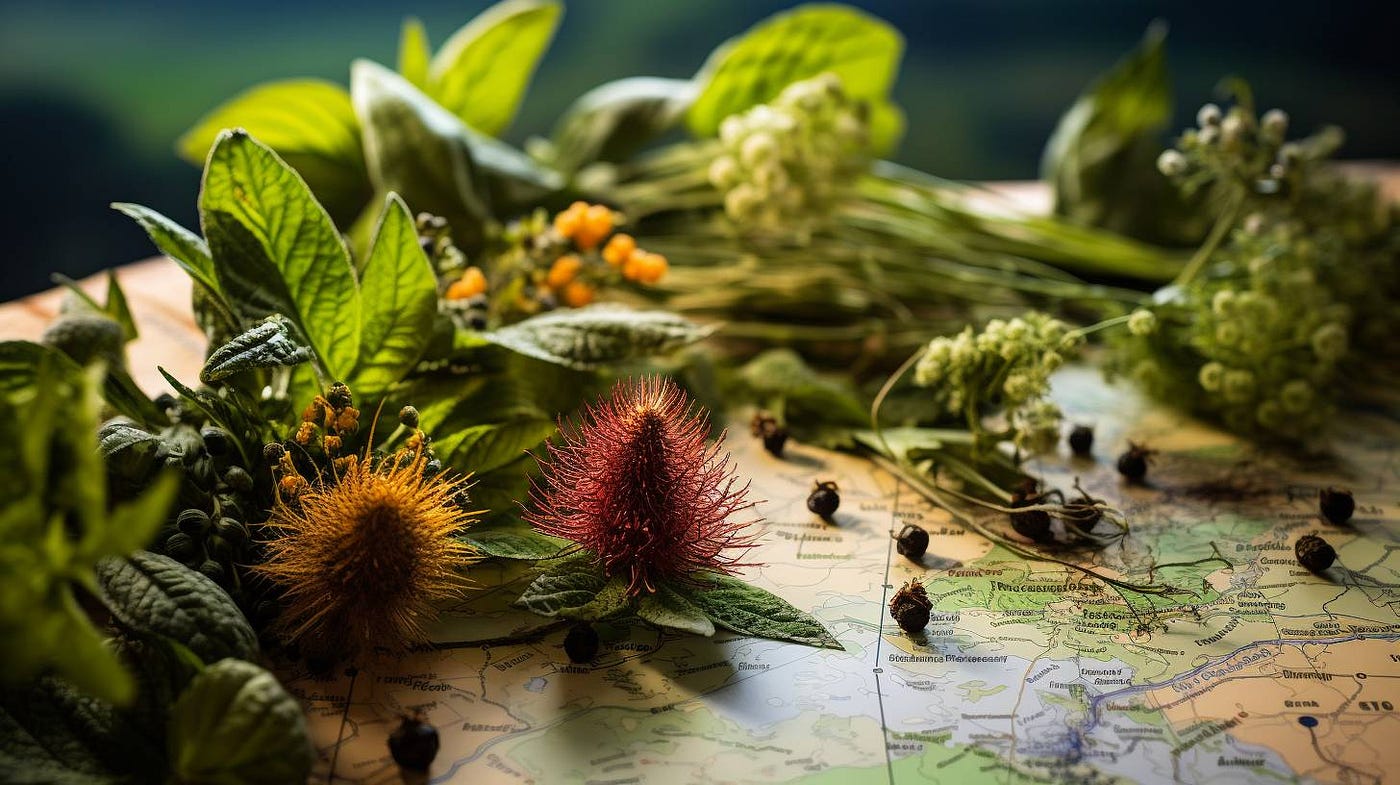
Foraging by Habitat
Different environments yield different wild food plants. Here's what you might find in various habitats:
Forests: Canopies offer mushrooms and edible weed varieties, while the undergrowth is rich with wild garlic and onions.
Meadows: Abound with flowering plants and greens such as dandelion and wood sorrel or berries.
Wetlands: Areas near water can be good places for cattails and common milkweed.
Desert: Despite harsh conditions, food like prickly pear cactus and certain edible wildflowers can be found.
Sourcing Water from Plants
Some edible wild plants can also be a vital water source. Techniques such as tapping trees like birch or maple can yield drinkable sap with minimal processing.
Ethical Foraging and Sustainability
Sustainable foraging is not just responsible, it's essential for preserving the natural ecosystem for future generations.
Foraging Without Impact
Only take what you need and leave enough for the plant to regenerate.
Be mindful not to damage the plants or their surroundings.
Harvest in a way that allows the plant types to continue to propagate.
The Role of Conservation
Understand the local ecosystem and avoid foraging endangered plant.
Promote biodiversity by foraging invasive species where appropriate, such as berries.
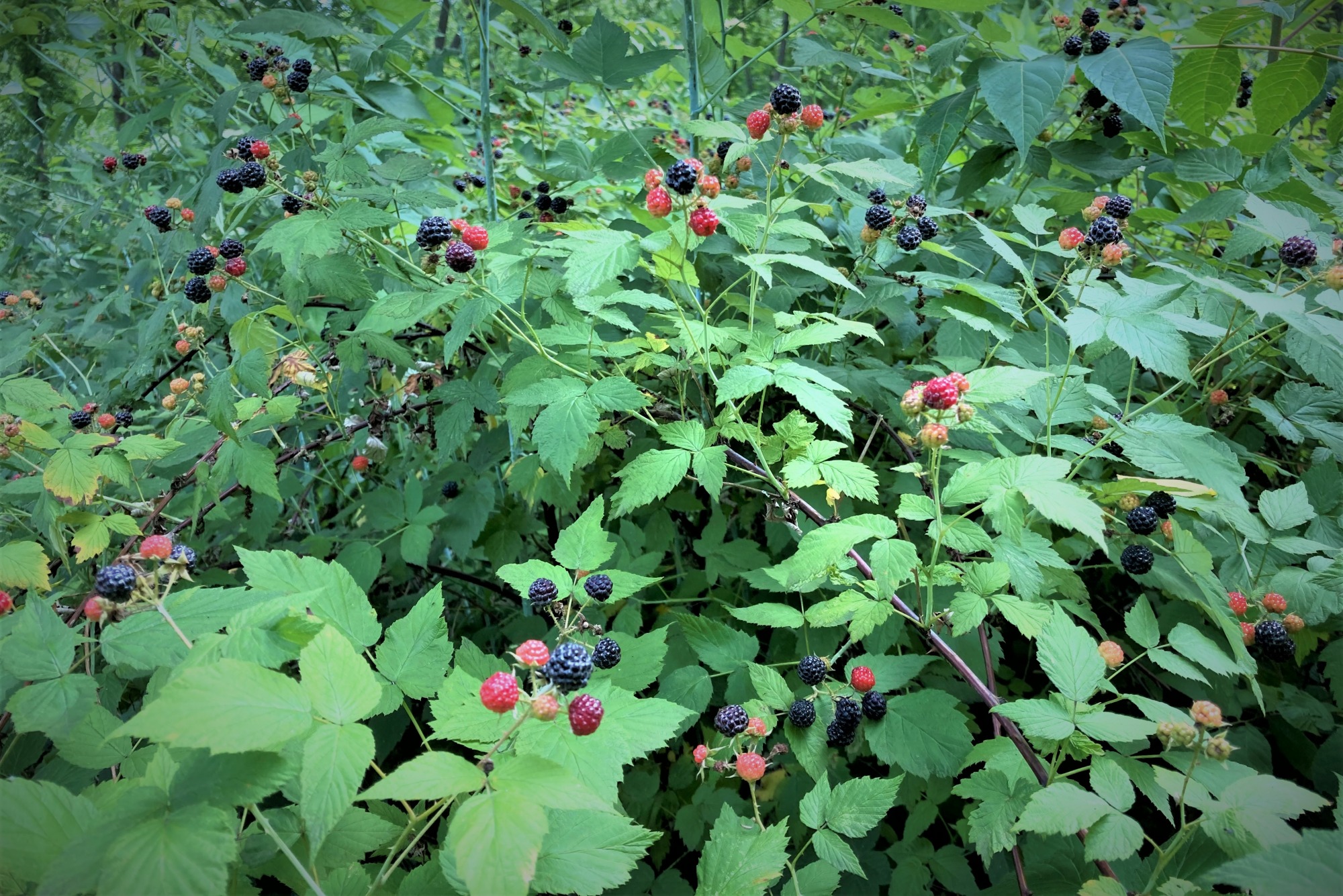
Medicinal Uses of Edible Plant
Many edible wild plants have healing properties that have been utilized in ancient and modern medicine.
Healing Plants
Nettle: Known for its anti-inflammatory properties, nettle can be used to alleviate pain and symptoms of arthritis.
Dandelion: This common weed is a powerhouse of nutrition and has been traditionally used to support liver health.
Integrating Wild Plants into Daily Cuisine
Bringing foraged biological food into your kitchen can enrich your diet with unique flavors and nutrients.
Culinary Creations
Wild Pesto: Substitute basil with garlic mustard or ground ivy for a wild twist on the classic Italian sauce.
Herbal Teas: Use the leaves of edible plants like wood sorrel to make refreshing and healthful teas.
Preserving Your Foraged Bounty
Drying: Preserve leaf, flowers, and herbs to enjoy their flavors and medicinal properties year-round.
Canning: Berries and fruits can be made into jams and preserves.
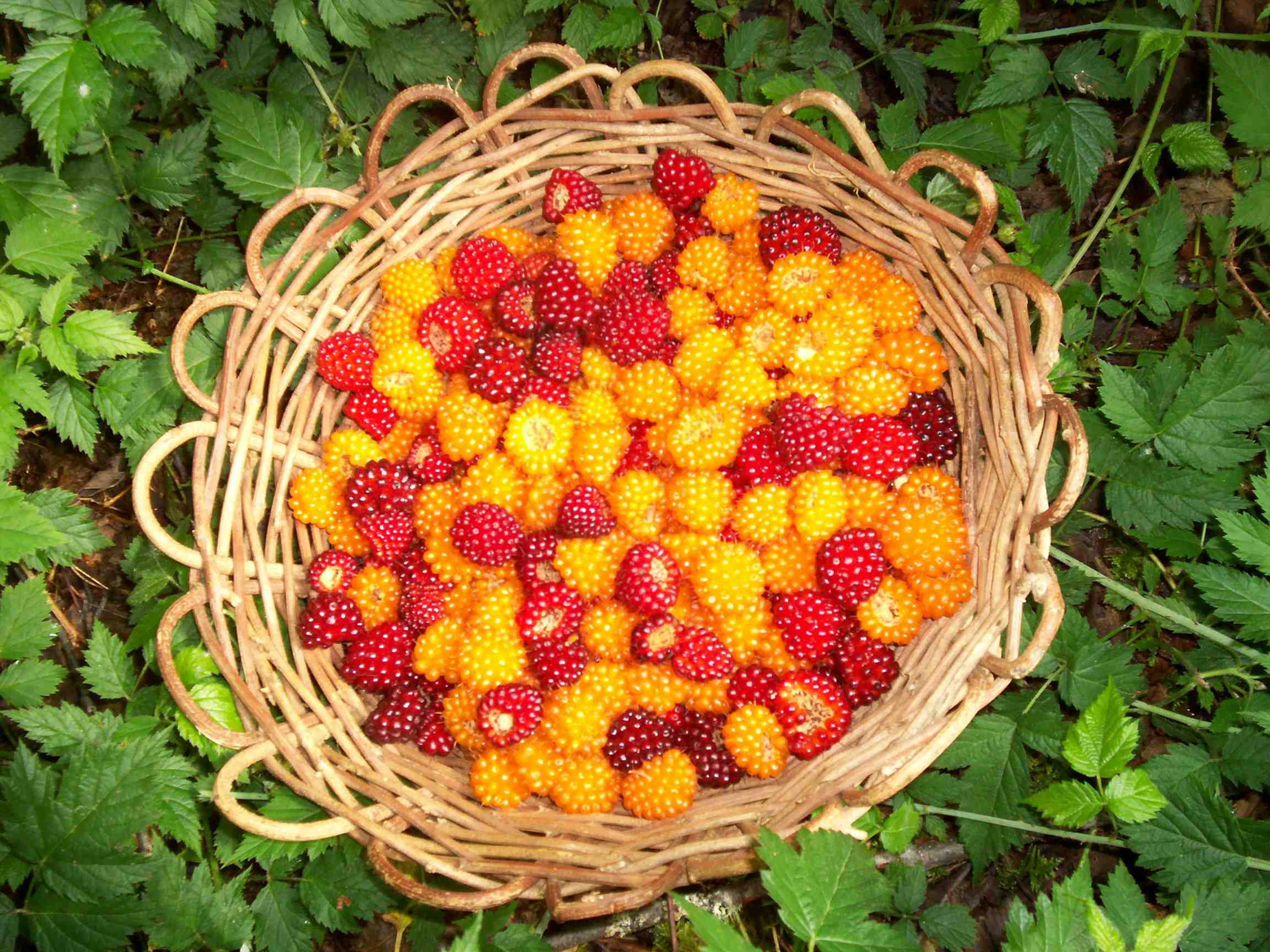
Unveiling Nature's Hidden Feast: Foraging for Nutritional Gems
In our continuous exploration of nature's pantry, we're going to focus on the bountiful array of nutritional gems that await us beneath leaves, nestled within forests, and across the fields of the North American landscapes. With each step, we etch deeper into the heart of the wilderness and unearth insights into both the practice and philosophy of foraging.
The Delicate Art of Mushroom Foraging
One of the most exciting aspects of foraging is the hunt for mushrooms. These fungal treasures are not only a delight for culinary enthusiasts but also a fascinating study in the complex ecosystems of our forests.
Identifying Safe and Edible Mushrooms
The first rule of thumb for any mushrooms forager is safety. Edible natural mushrooms can offer a rich variety of textures and flavors, while their poisonous counterparts can pose serious threats to health. Learning to distinguish between safe and dangerous fungi is paramount.
Mushroom Workshops: Engage with experts like Thayer, who provide valuable teachings on the subject.
Community Forays: Often led by mycologists, these outings can help beginners learn directly from the environment with experienced oversight.
Mushroom Foraging Etiquette
When you've located a patch of edible beautiful mushrooms, whether it's a cluster of cooked green favorites for your next meal or a rare find for a special occasion, remember to forage respectfully.
Harvest only the edible part of the mushrooms, namely the cap and stem, leaving the mycelium undisturbed to ensure that the fungus can continue to grow and propagate.
Take only what you need to prevent wastage and to maintain ecological balance.
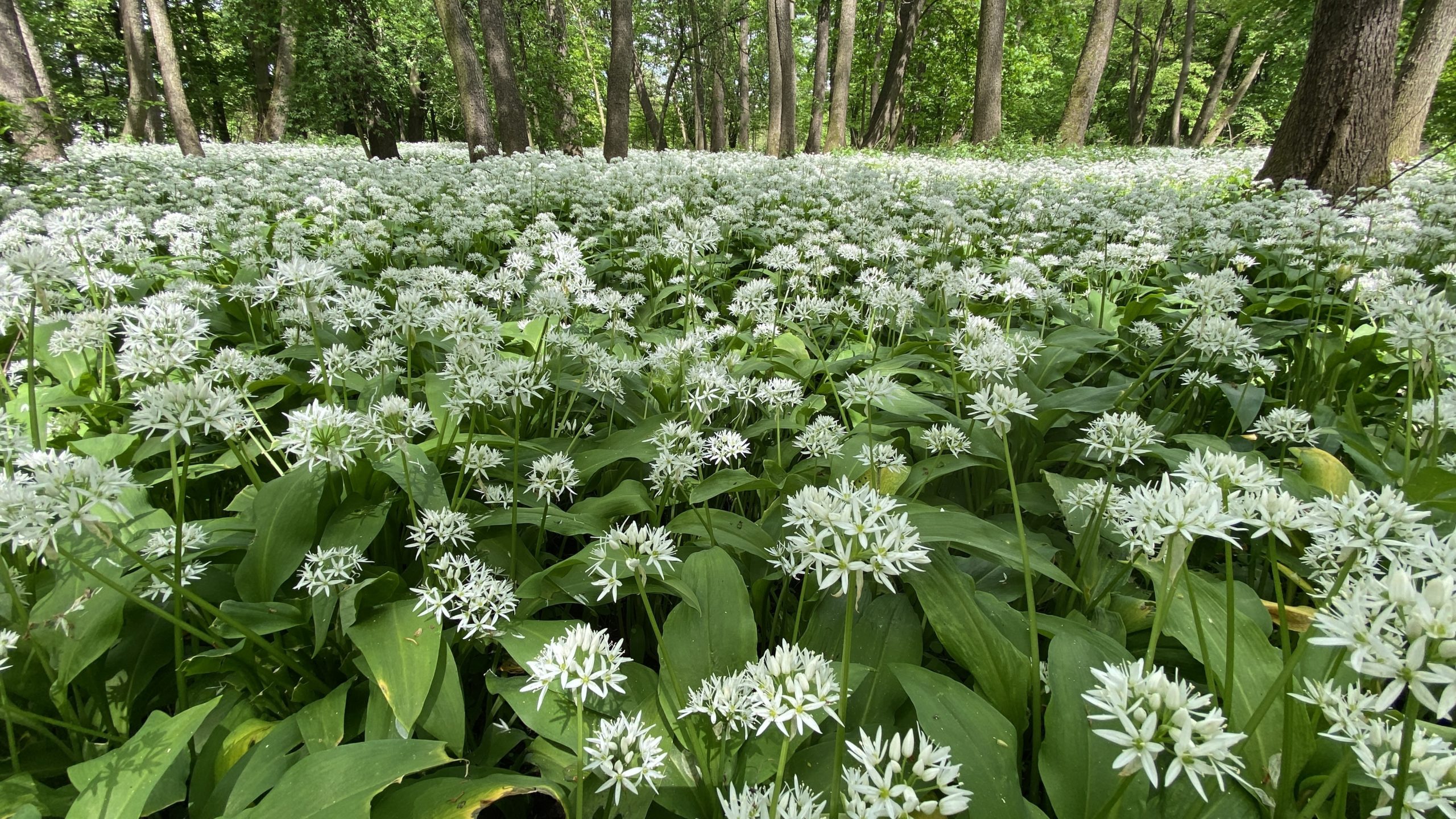
The Fruitful Pursuit of Berries and Fruits
Aside from the quest for mushrooms, the foraging of wild edible fruit is another gratifying endeavor. The wild strawberry is one such fruit, offering bursts of sweetness in a small package. Picking these directly from their native plant setting is a joyous summer activity that can be shared with family and friends.
Benefit-Rich Berries in the Wild
Berries are high in vitamins and antioxidants, making them not only a tasty pick but a healthy one too.
The flower of the wild strawberry plant can also be a signal of nearby fruit, leading foragers to their delicious targets.
Preserving Nature's Sweetness
The art of preserving berries can extend the pleasure of your harvest. Creating jams, jellies, or simply freezing these jewels allows you to enjoy their flavor throughout the year.
The Healing Virtues of Wild Edible Foliage
The leaves of plants like wild lettuce hold more than just a culinary delight; they have been used historically for their medicinal qualities.
The Nutritional and Medicinal Power of Wild Greens
Wild lettuces contain lactucarium, which has properties that can promote relaxation and pain relief.
The edible part of these plants can be consumed in various ways, from fresh salads to cooked greens, evolving with the season's offer.
Tackling the Unwanted: Poisonous Plants
While exploring the diverse foliage, one must remain vigilant for poisonous plants. Poison ivy, for example, is notorious for causing allergic reactions.
Learn to identify harmful plants by their distinct features to avoid negative encounters.
Educating yourself and others about these dangers is crucial when venturing into the wilderness.
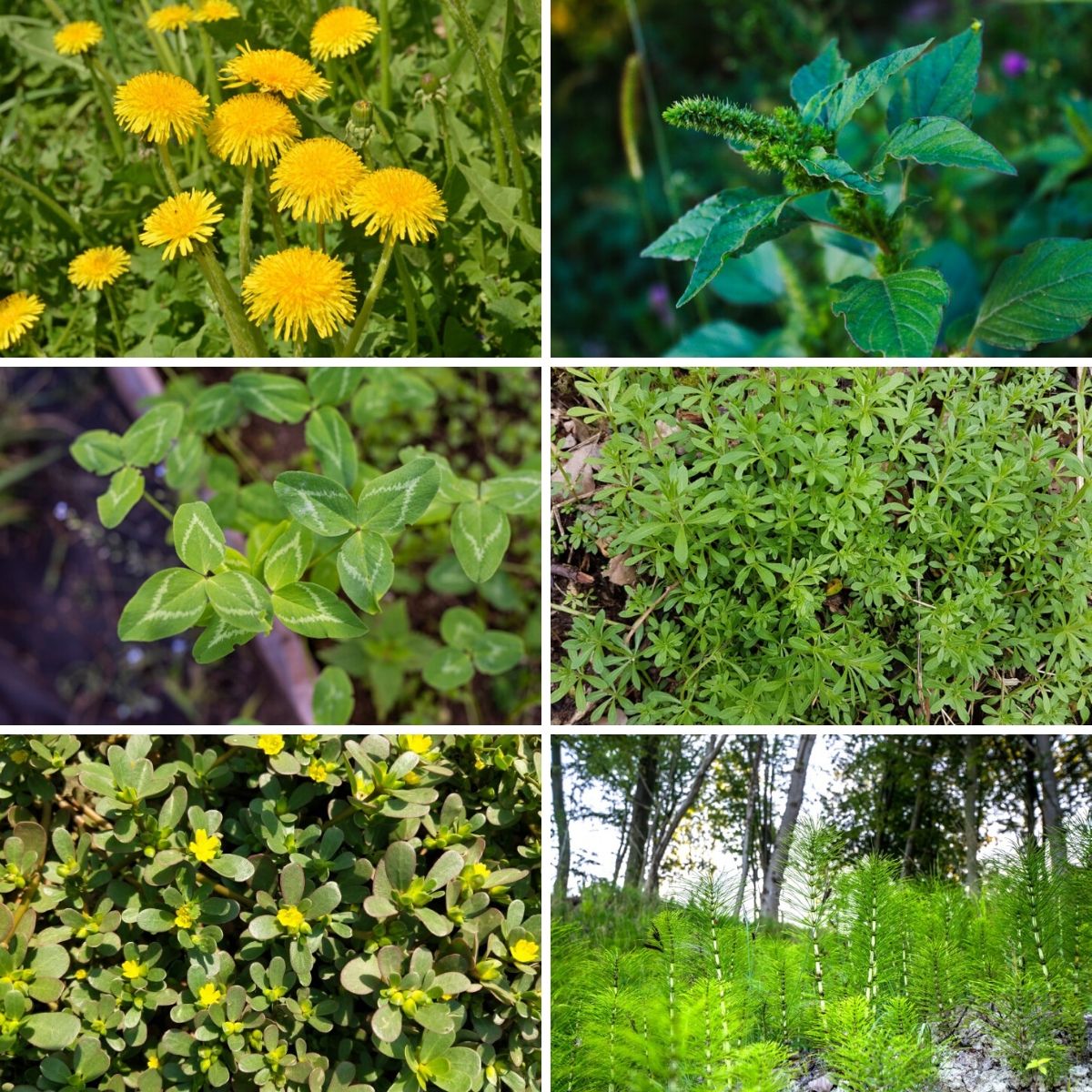
From Humble Weeds to Culinary Gold: Foraging for Ground Covers
Within the realm of foraging, ground covers like glechoma hederacea, commonly known as ground ivy, often go unnoticed but are a treasure trove of flavor.
The Understated Edible Weeds
The leaves of ground ivy can be made into a refreshing tea or used as a culinary herb.
Embracing these often overlooked wild edible plants can lead to new and exciting gastronomic experiences.
The Influence of Foraging Mentors
The wisdom of experienced foragers like Sam Thayer is invaluable in our foraging journey. These mentors provide a bridge between ancient practices and modern culinary exploration, ensuring that the knowledge of edible wild plant identification and utilization continues to thrive.
Reviving Ancient Traditions in Contemporary Foraging
In conclusion, while embracing the foraging lifestyle, we are not only reconnecting with the earth's natural provisions but also revitalizing traditions that have sustained human societies for millennia.
Our excursions into the natural world instill a sense of wonder and respect for the intricate web of life that supports us. As we walk in the footsteps of North American natives and all those who have respected and utilized these wild edible plants, we carry forward a legacy of environmental stewardship and a deepened connection to the land that nourishes us.
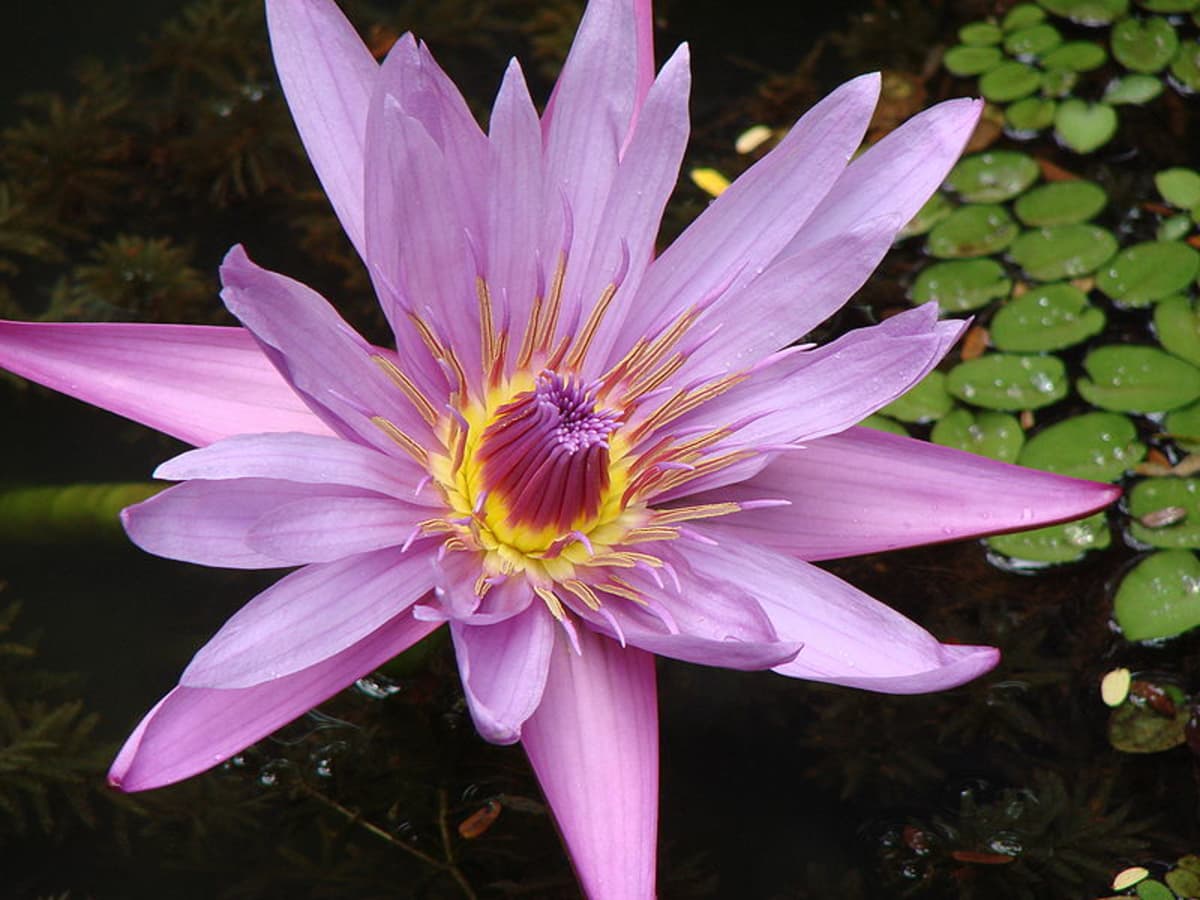
Deeper Sense
Embarking on the journey to learn about plants in the wild is not just about survival; it's a pathway to deeper connection with nature and a nod to the wisdom of our ancestors. With the knowledge shared today, you are better equipped to safely find, identify, and utilize the bounty that nature provides. Remember, foraging is a continuous learning experience, and there is always more to discover.
As we conclude this comprehensive guide to wild edible plants, keep in mind that the wilderness is a vast and generous garden. Respect its limits, cherish its gifts, and always forage with mindfulness and caution. Happy foraging, and may your adventures in the wild be ever fruitful and safe!
